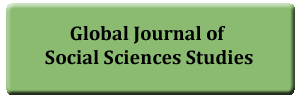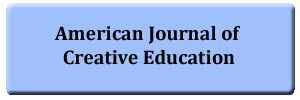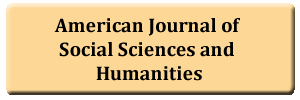Early Identification and Intervention and the Reading Ability of Children with Dyslexia in Some Primary Schools in Buea, Cameroon
DOI:
https://doi.org/10.20448/804.5.1.24.41Keywords:
Early identification, Early intervention, Multi-sensory teaching, Repeated reading, Structuring information, Reinforcement, Reading ability, Dyslexia.Abstract
This study investigated the effect of a systematic reading programme with the use of multi-sensory teaching, repeated reading, structuring information and reinforcement on the reading ability of learners with dyslexia. It employed a modified version of the four step instructions programme, using a reading readiness master plan of activities. The study’s design was quasi-experimental with 14 pupils with dyslexia identified with a flash card. A pre-test-intervention-post-test design was further used to compare the effect of intervention. The Kolmogorov-Smirnov-Z test was used to compare between and within groups, the effect of intervention on reading ability. Meanwhile Cramer’s V test and sets of pre-test and post-test difference percentage scores were used to report statistical progressions made by the experimental group. Results showed that the experimental group significantly gained better results in reading. Repeated reading (100%) and reinforcement (100%) were most effective intervention strategies followed by multi-sensory teaching (78.6%) and structuring information (64.3%). Meanwhile children in the control group lagged behind at 42.9% for reinforcement and 35.7% each for repeated reading, multisensory strategy and structured information. On the whole, progression rates showed that early identification and intervention significantly improved on the reading ability of learners with dyslexia. It was concluded that early identification is very important and necessary for early intervention; and that for effective intervention, effective strategies could be adopted in shaping and improving on the reading ability of learners with dyslexia.



